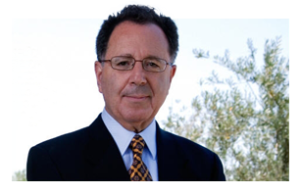After California authorities pull you over for potential drunk driving, they may ask you to perform a series of tests to determine whether or not any impairment is present. The tests may seem arbitrary to you as you perform them, and you may wonder if they are really effective at determining whether or not a driver is drunk.
According to Atlas Obscura, the National Highway Traffic Safety Administration started asking similar questions in the 1970s. At that time, field sobriety tests really were arbitrary, and different law enforcement departments decided on their own which ones to use. This resulted in tests that seemed far too easy, such as the finger-to-nose test, or far too difficult, such as the test that requires you to recite a portion of the alphabet backward.
Worse yet, there was no empirical evidence to demonstrate that these tests were effective at identifying drunk drivers. The NHTSA wanted to develop a battery of tests that would undergo studies to determine their effectiveness. Standardization would take place so that departments all over the country could use the same tests and make accurate assessments. The NHTSA enlisted the help of the Southern California Research Institute, which conducted three studies between 1975 and 1983.
The results of the studies showed three tests to be the most effective and consistent at allowing authorities to correctly identify impaired drivers. These are the assessments that make up the Standardized Field Sobriety Test to this day:
- Horizontal gaze nystagmus test
- One-leg stand test
- Walk and turn test
Validation studies took place in the 1990s and showed that the three assessments in the Standardized Field Sobriety Test are most accurate when used in combination with one another, showing a 90% success rate. However, when performed separately, none of the assessments reached that level of accuracy. The one-leg stand test was least successful, with an accuracy rate of only 65%. The walk-and-turn test was marginally better with 68% accuracy. By far the most successful of the three was the horizontal gaze nystagmus test, and yet, with an accuracy rate of 77%, it hardly approached the success of the three tests used together.
The information in this article is not intended as legal advice but provided for educational purposes only.




